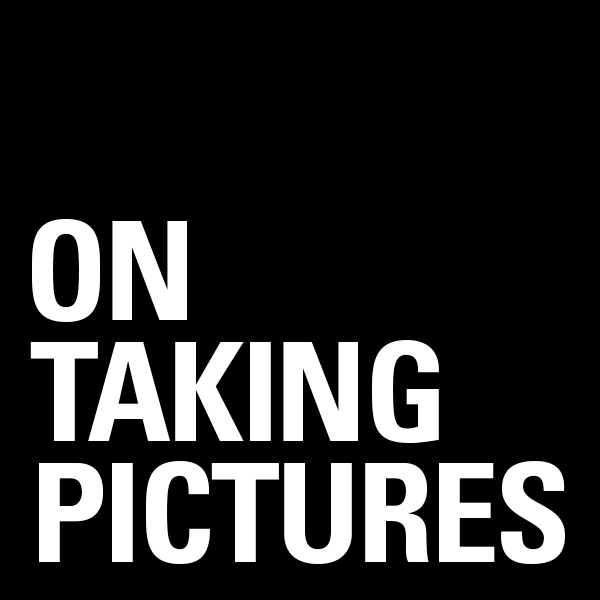A reader wrote me an email a couple days ago asking me to write about low-light photography, so here it goes.
I shoot in low light almost all of the time. In fact, it came as a revelation a couple years ago when I realized how much freaking light you need to take good pictures most of the time. Figure you’ve got 400 speed film and want to stop down to f/5.6 or so to get some depth of field, and then you’re hand holding the camera and shooting people, so your shutter speed needs to be 1/60th or a second or better. That’s of course, in the old days when super grainy fast film was your only other option. Now on digital, many of the new cameras do really well at 3200 or 6400 iso or even higher. An order of magnitude better than just a few generations ago. This opens up lots of opportunities where in the past you would have just put your camera away.
Ok, enough nostalgia. First off, a few facts. All things being equal, the bigger the sensor, the better, because if you’ve got a cropped sensor and a full frame one which are both 12MP, each pixel on the full frame sensor will be bigger and thus capture more light with less need to amplify the signal and all the noise that comes with that process (man, long run on sentence). This really only applies to 35mm cameras right now. Medium format backs use larger sensors, but as of now, they’re using CCD sensors which are terrible in low light. This is the same technology that Nikon used up until the D3 and why their cameras sucked at high-iso before.
Fact number two, depth of field is related to the size of the sensor or film. So a lens at f/2.8 on a cropped sensor is going to have more stuff in focus than the same aperture on a bigger sensor. This is why the depth of field on large format cameras is so crazy narrow even at f/5.6 or f/8 and why they needed to stop them down to f/64. Talk about needing a lot of light!
So, now how to use this information? Say you’re at a bar with your camera for a karaoke birthday party and for the sake of the story you’ve got a fast prime lens on your camera. Well you’ve got 3 things that will effect your exposure. Aperture (how big the hole is), shutter speed (how long the hole is open), and iso (how sensitive the sensor is). Since we’re in really low light, there’s no chance you’ll be shooting at 1/1000th of a second. So let’s figure you lock down your shutter speed to 1/50th of a second. So that leaves aperture and iso, and these are two somewhat conflicting controls. Sure you can keep the noise down by keeping iso at 1600 by opening up your lens to f/1.8 for example. But if you’re trying to get a bunch of faces in focus, you’re going to be in trouble. So you stop down to f/2.8 or so (still not great for depth, but what are you gonna do) and up your camera to 3200 or 6400 and deal with more noise.
Unfortunately the effect of aperture on depth-of-field and shutter speed on blurred images are part of the physics of the universe, so there’s not much you can do about them. So camera makers coming out with better and better sensors and noise reduction is the only way to improve the situation. There’s a brick wall there too though, since a pixel needs a certain amount of light to work and light is in packets called photons, there is a point at which a pixel needs at least 1 photon to register anything at all, but I don’t think we’re near that yet.
Another annoying thing is that while a cropped camera’s smaller sensor gives you more depth of field, allowing you to use larger apertures, it’s also inherently more noisy due to the smaller pixel pitch. No free lunch. Or use a flash, though flashes kinda suck in situations like that. I know a wedding photographer who swears by one of those little Sony camcorder lights. He sometimes uses it mounted on the hot shoe, but also uses it to backlight or hairlight a subject in a pinch.
Personally, I vote for a full-frame dSLR and some fast primes which would give you the most options in such a situation. I hope I answered the question.
